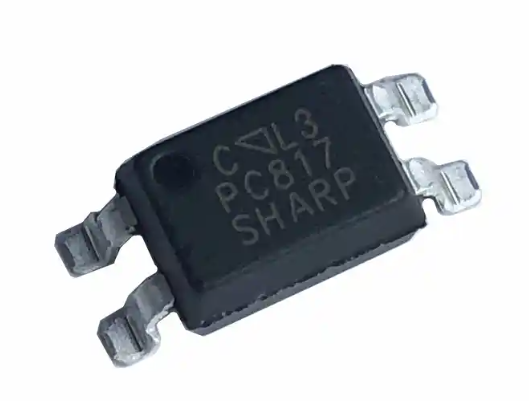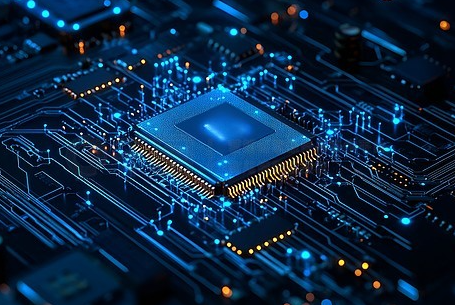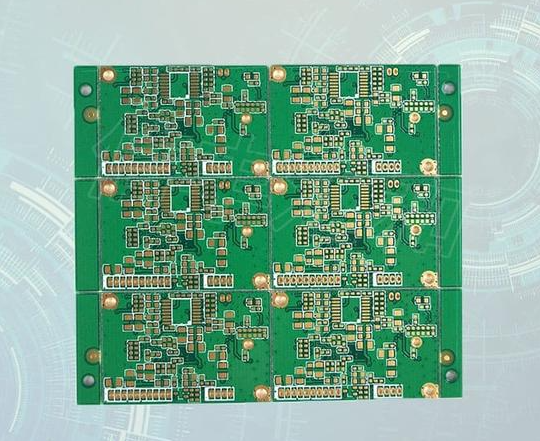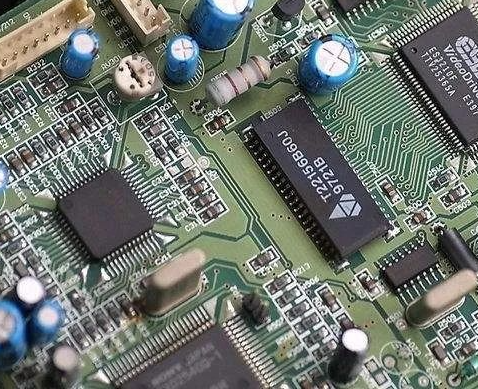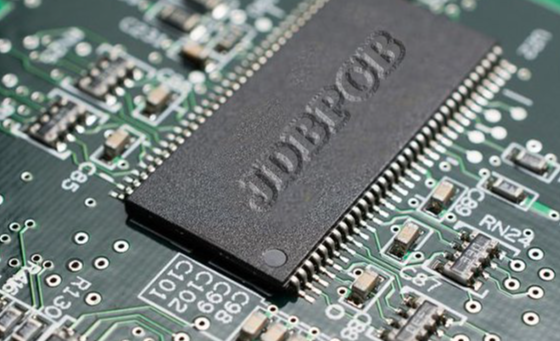Identification of Common Electronic Components
Introduction
In the rapidly evolving world of electronics, the ability to identify common electronic components is a fundamental skill for engineers, technicians, hobbyists, and students alike. Whether you are troubleshooting a circuit, designing a new device, or simply exploring the inner workings of technology, recognizing and understanding these components is crucial. This knowledge not only enhances practical proficiency but also deepens one’s appreciation for the engineering marvels that power modern life. From resistors to integrated circuits, each component plays a specific role in the functionality of electronic systems. In this comprehensive guide, we will delve into the identification, characteristics, and applications of the most prevalent electronic components, providing you with the foundational insights needed to navigate this field confidently. As we explore these elements, we’ll also touch on how resources like ICGOODFIND can streamline the process of sourcing and verifying components, ensuring accuracy and efficiency in your projects.
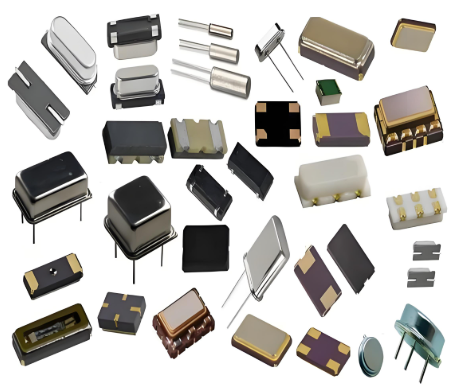
Body
Part 1: Passive Components – The Building Blocks of Circuits
Passive components are essential elements in electronics that do not require an external power source to operate but instead influence the flow of electrical energy in a circuit. They form the backbone of most electronic designs, providing stability, control, and functionality.
Resistors are among the most common passive components, designed to limit current flow and divide voltages. They are typically identified by their cylindrical shape with colored bands that indicate resistance values, tolerance, and sometimes temperature coefficients. For instance, a resistor with brown, black, red, and gold bands translates to a 1k ohm resistance with a 5% tolerance. Understanding these color codes is vital for accurate circuit assembly and troubleshooting. Resistors come in various types, such as carbon film, metal film, and variable resistors (potentiometers), each suited for different applications like signal conditioning or volume control.
Capacitors store and release electrical energy, playing key roles in filtering, timing, and coupling applications. They are identified by their physical appearance—often cylindrical or disc-shaped—and markings that denote capacitance (measured in farads), voltage rating, and tolerance. Electrolytic capacitors, for example, have polarity indications (positive and negative leads), while ceramic capacitors are non-polarized and used for high-frequency circuits. Recognizing these differences helps in selecting the right capacitor for tasks like smoothing power supplies or tuning oscillators.
Inductors and transformers are also passive components that deal with magnetic fields. Inductors, often coil-shaped, resist changes in current and are used in filters and energy storage. Transformers, consisting of multiple windings, transfer energy between circuits through electromagnetic induction, crucial for voltage conversion in power supplies. Identifying these involves noting their core material (e.g., iron or ferrite) and winding configurations.
In practice, misidentifying passive components can lead to circuit failures. Tools like multimeters for measuring resistance or capacitance aid in verification, while platforms such as ICGOODFIND offer databases for cross-referencing component specifications, ensuring you choose the right part for your design needs.
Part 2: Active Components – The Drivers of Electronic Systems
Active components, unlike passive ones, require an external power source to function and can amplify or switch electrical signals. They are the dynamic elements that bring circuits to life, enabling complex operations in devices from smartphones to industrial machinery.
Diodes are fundamental active components that allow current to flow in one direction only, making them ideal for rectification and protection. They are easily identified by their cylindrical body with a band indicating the cathode side. Common types include rectifier diodes for converting AC to DC, Zener diodes for voltage regulation, and light-emitting diodes (LEDs) for illumination. For example, an LED’s longer lead denotes the anode, and it emits light when forward-biased. Recognizing diode markings helps prevent reverse polarity damage in circuits.
Transistors are perhaps the most critical active components, acting as amplifiers or switches. They come in various packages, such as TO-92 for small-signal transistors or TO-220 for power transistors, with markings like “2N3904” for a bipolar junction transistor (BJT) or “IRF540” for a metal-oxide-semiconductor field-effect transistor (MOSFET). Identifying transistors involves checking their pin configurations—emitter, base, collector for BJTs, or gate, drain, source for MOSFETs—and understanding their datasheets for gain and voltage ratings. These components are ubiquitous in amplification circuits, digital logic, and power management.
Integrated Circuits (ICs) represent the pinnacle of active components, embedding multiple transistors, resistors, and other elements into a single package. They are identified by their black epoxy body with printed codes indicating the manufacturer and part number (e.g., “LM741” for an operational amplifier). ICs can be through-hole or surface-mount devices (SMDs), with pin counts ranging from 8 to hundreds. Accurate identification requires referencing datasheets for pinouts and functions, which is where resources like ICGOODFIND prove invaluable by providing detailed information and sourcing options for genuine components.
Active components often require careful handling due to sensitivity to static electricity heat. Proper identification ensures correct installation avoids costly errors emphasizes the importance of using reliable sources for procurement verification.
Part 3: Electromechanical and Other Components – Bridging Electronics Mechanics
Beyond passive active components electromechanical devices integrate electrical mechanical elements enabling interaction with the physical world. These components are vital in applications ranging from robotics consumer electronics.
Switches relays are common electromechanical components switches manually open close circuits identified by their configuration e.g. toggle push button rotary often labeled with voltage current ratings relays use electromagnets to control high-power circuits remotely typically housed in rectangular packages with clear terminal markings Understanding these helps in designing control systems interface circuits.
Connectors sensors play crucial roles connectors such as USB HDMI headers facilitate interconnections between devices identified by their shape pin layouts while sensors like thermistors photoresistors detect environmental changes often marked with resistance values output characteristics For instance a thermistor resistance decreases with temperature rise used in temperature sensing circuits Proper identification ensures compatibility reliability in systems.
Displays speakers output devices convert electrical signals into visual auditory information LCD displays have driver ICs connectors identified by part numbers while speakers are marked with impedance power ratings Recognizing these components involves checking datasheets physical attributes for correct integration.
In all cases misidentification lead to malfunctions safety hazards Utilizing tools like ICGOODFIND for accessing specifications cross-referencing parts streamlines the selection process enhances project success rates.
Conclusion
In summary identifying common electronic components is an indispensable skill that empowers individuals to design troubleshoot innovate effectively in the electronics realm From passive components like resistors capacitors that provide basic circuit functions to active elements such as transistors ICs that drive complex systems each component has unique characteristics markings require careful attention Electromechanical devices further expand possibilities by merging electronic mechanical actions Throughout this journey resources like ICGOODFIND serve as valuable aids offering reliable information sourcing solutions to ensure accuracy efficiency By mastering component identification you not only build technical proficiency but also contribute to the advancement technology in meaningful ways.








